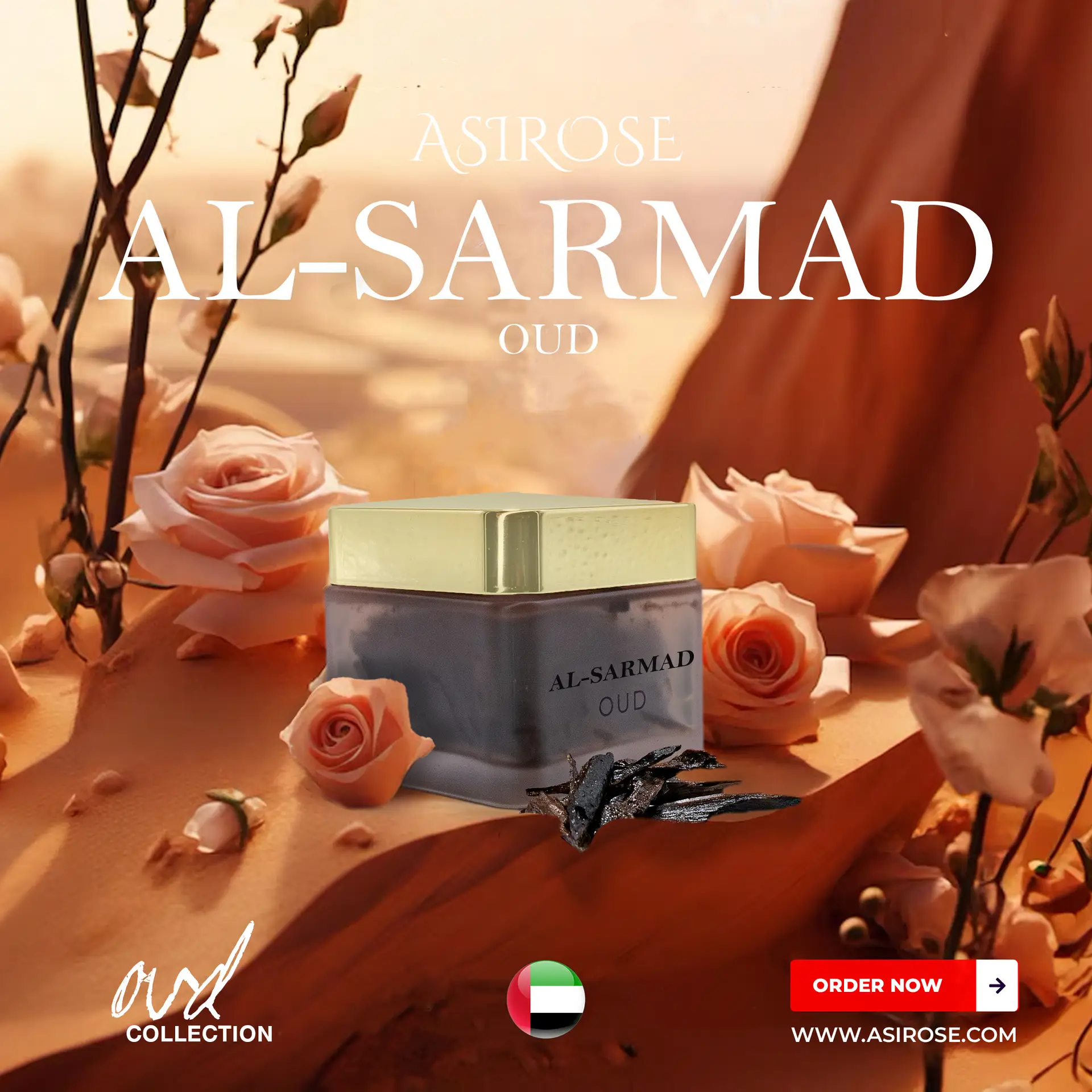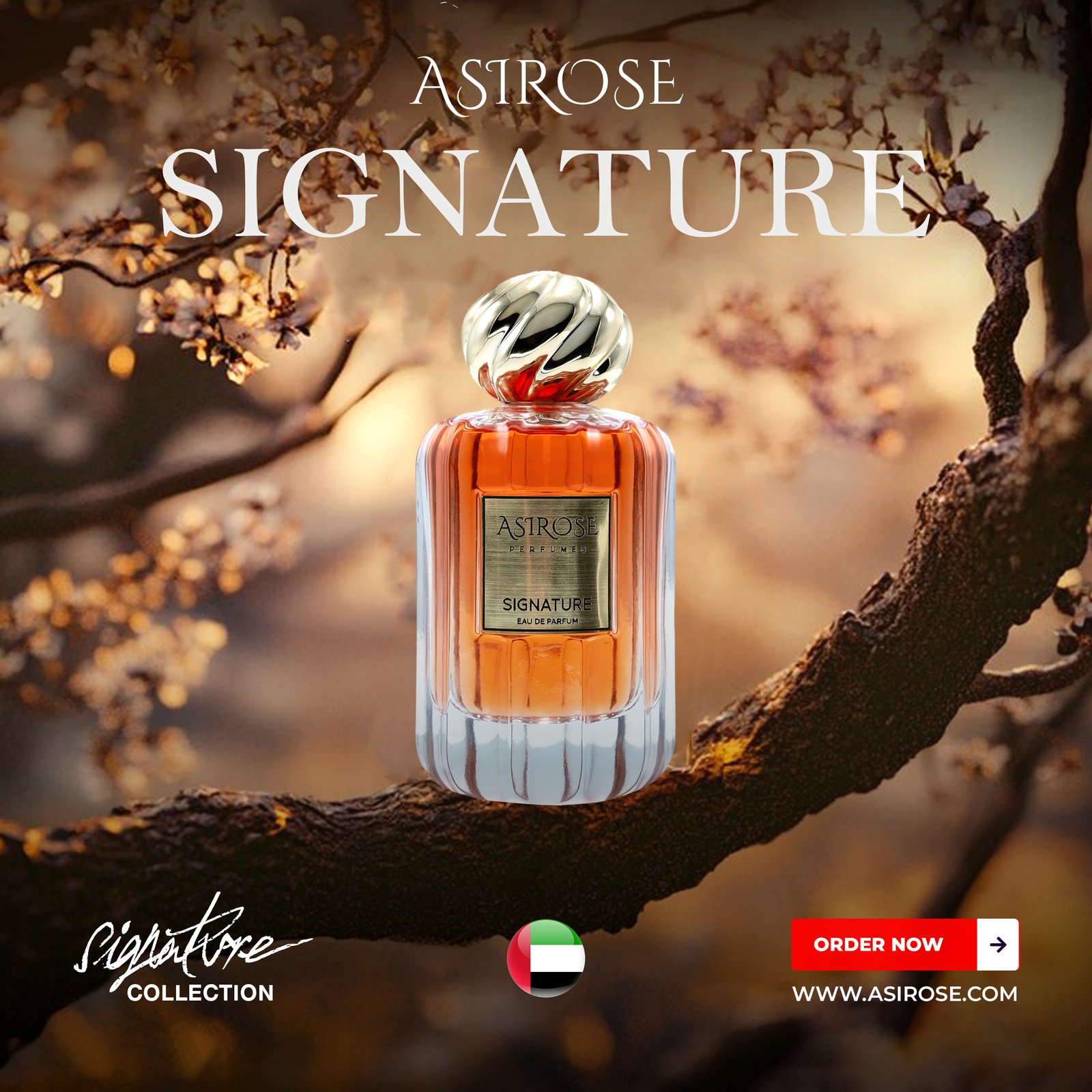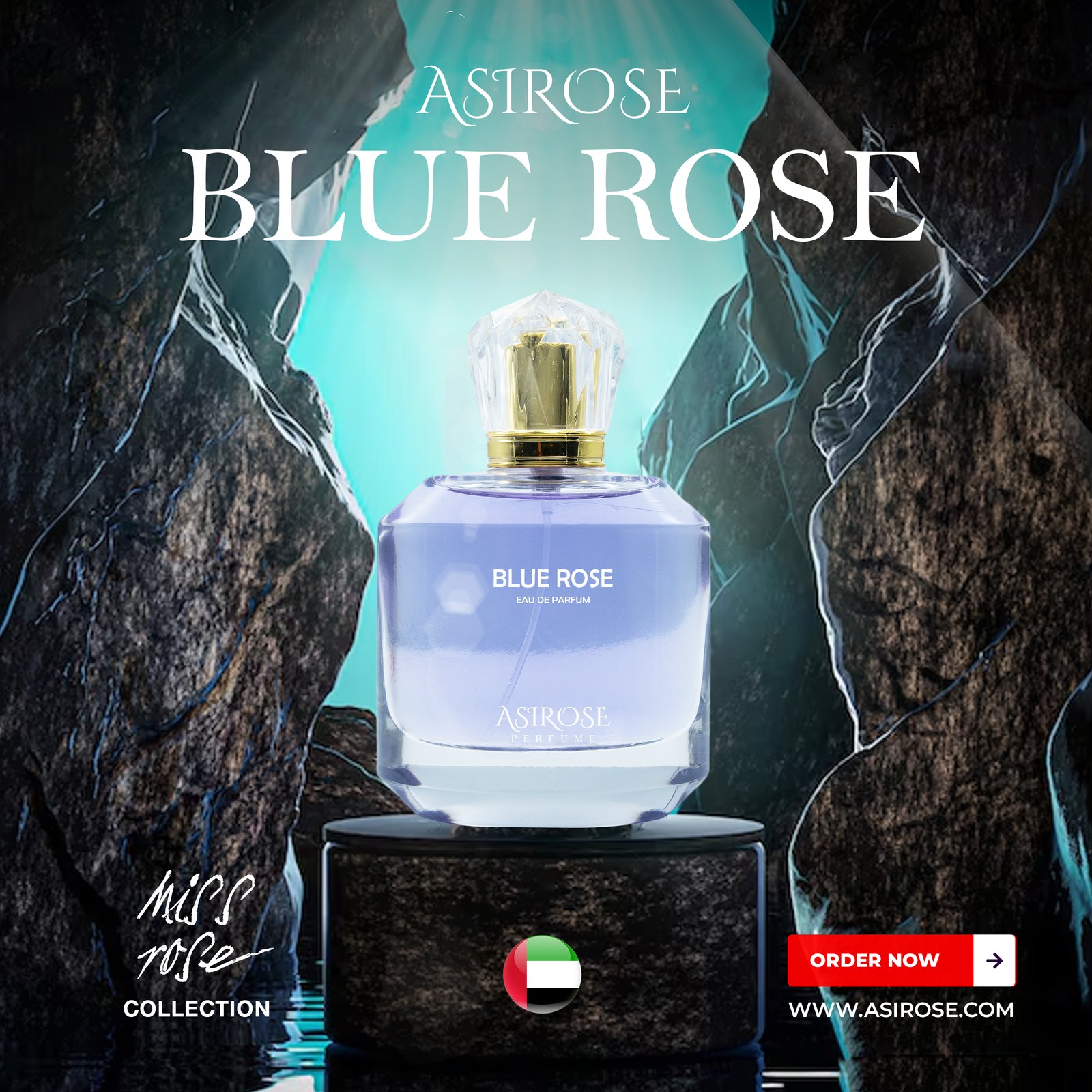
The Role of Perfume in Islamic Golden Age Science
During the Islamic Golden Age (8th to 14th century), the Muslim world flourished as a hub of scientific, cultural, and intellectual innovation. Among the many disciplines that saw remarkable advancements—such as mathematics, astronomy, and medicine—perfumery and the science of fragrance held a unique and influential place. Far from being merely a luxury or cosmetic pursuit, perfume was deeply entwined with science, medicine, and spirituality.
A Fragrant Legacy of Discovery
Perfumery in the Islamic Golden Age was not only a refined art but also a serious scientific endeavor. Islamic scholars built upon earlier knowledge from Greek, Persian, and Indian sources, refining techniques of distillation and extraction that would revolutionize both perfumery and chemistry.
One of the most significant contributors was Jabir ibn Hayyan (Geber), often called the father of chemistry. His work with distillation, evaporation, and crystallization laid the foundation for modern laboratory practices. He developed alchemical techniques to isolate essential oils and fragrant compounds from natural substances—methods that are still used in modern perfumery.
Al-Kindi and the First Book of Perfume
In the 9th century, Al-Kindi, a prominent philosopher and polymath, compiled one of the earliest known treatises on perfumes and distillation: Kitab al-Kimiya al-‘Itr (“The Book of the Chemistry of Perfume and Distillations”). This remarkable work listed over a hundred recipes for perfumes, scented oils, and aromatic waters. Al-Kindi provided detailed instructions on how to distill plants and flowers, mix fragrances, and use them for both medicinal and aesthetic purposes.
His book not only reflected a scientific approach to perfumery but also revealed the sophistication of Islamic chemistry and pharmacology at the time.
The Spiritual and Hygienic Role of Scent
In Islamic culture, cleanliness and pleasant fragrance were deeply embedded in daily life and religious practice. The Prophet Muhammad is reported to have said, “Perfume and women have been made dear to me, and prayer has been made the comfort of my eyes.” Wearing perfume was recommended before prayers, especially on Fridays and during religious festivals.
This spiritual emphasis on scent further motivated scholars and artisans to develop and refine fragrant substances. Musk, rose water, oud, and ambergris became prized ingredients, often imported from distant lands and carefully processed by skilled perfumers.
Perfumery and Medicine
Many fragrances were believed to have therapeutic properties. Avicenna (Ibn Sina), one of the greatest physicians of the Islamic Golden Age, applied his knowledge of aromatic plants in his medical texts. He perfected the process of steam distillation, particularly with roses, leading to the invention of rose water, which became both a perfume and a medicinal tonic.
Aromatics were used to treat ailments such as headaches, digestive disorders, and emotional imbalances. Hospitals in Islamic cities often had perfumed air and fragrant gardens, enhancing the healing environment for patients.
Conclusion
Perfume during the Islamic Golden Age was far more than a sensory indulgence—it was a gateway to scientific advancement, cultural expression, and spiritual refinement. The legacy of Islamic perfumers and scientists not only enriched medieval Islamic society but also laid the groundwork for modern chemistry, pharmacy, and perfumery.
Their passion for fragrance reflected a broader vision: the pursuit of beauty, knowledge, and harmony in both the material and metaphysical realms.





